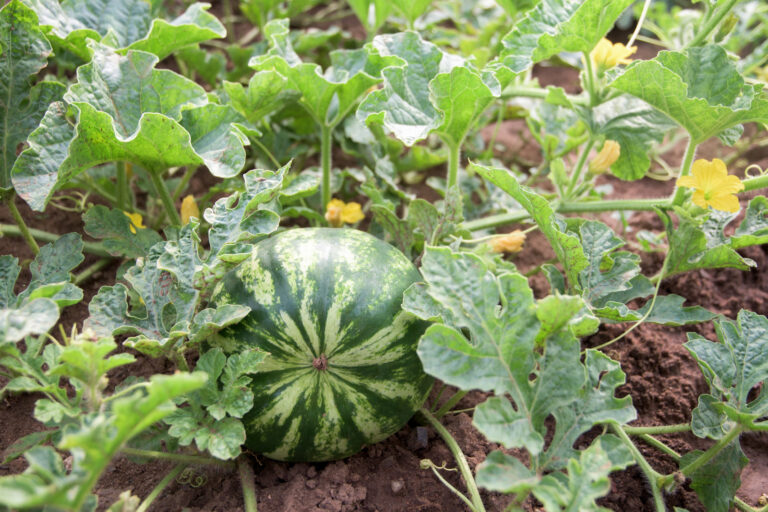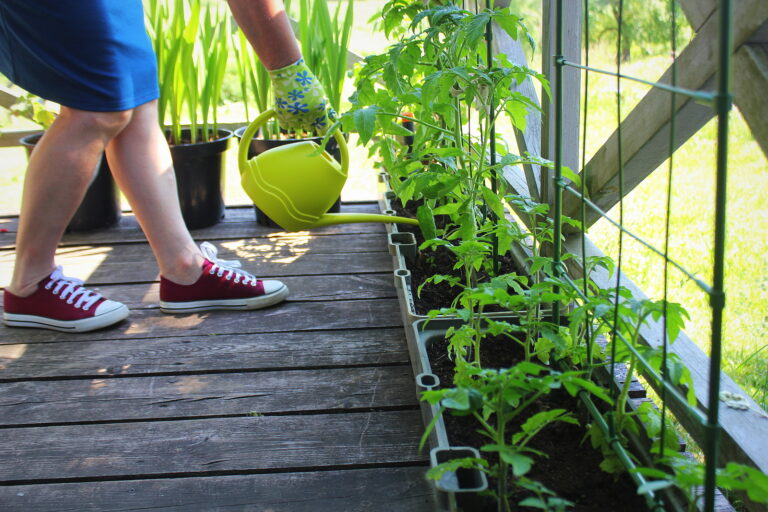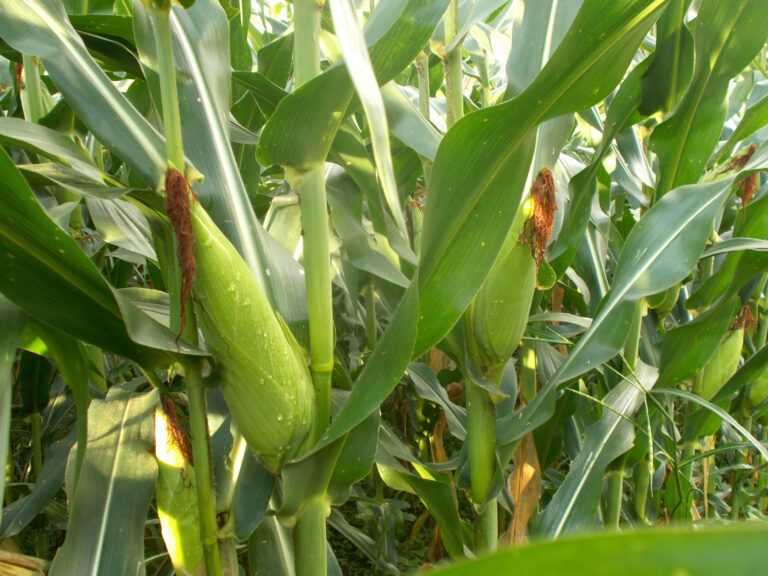Epsom Salt, Milk, and Organic Fertilizers for Tomatoes and Peppers
Epsom salt contains magnesium, an essential plant nutrient. Used as a foliar spray or soil additive it will help tomato and pepper plants grow and produce larger, tastier yields.
Milk contains calcium, an important plant macronutrient. Milk can feed tomatoes and peppers and double as a fungicide.
Compost tea, comfrey tea, and other liquid organic fertilizers will help tomatoes, peppers, and other summer crops stay healthy while increasing yield.

How to use Epsom salt in the garden
Epsom salt spray can be used late in the growing season to increase tomato and pepper yield and keep plants green and bushy. Early in the season, you can add Epsom salt to the soil to aid germination, early root and cell development, photosynthesis, and plant growth, and prevent blossom-end rot.
Epsom salt is a natural mineral compound of about 10 percent magnesium and about 13 percent sulfur—often referred to as magnesium sulfate. Epsom salt is highly soluble and easily taken in by plants when combined with water and sprayed on leaves. As a soil additive, Epsom salt becomes soluble with soil moisture and is drawn up into plants through the roots.
A magnesium or sulfur deficiency in the soil can cause tomato and pepper plants to grow small and spindly, leaves to yellow between leaf veins late in the season, and fruit to be slow in maturing and ripening.
How to apply Epsom salt to plants
• Foliar spray during the season. Add two tablespoons (42 grams) of Epsom salt to a gallon (3.8 liters) of water and use a tank sprayer to apply the mix once a month substituting the spray for regular watering. Use one tablespoon (21.25 grams) per gallon of water if you apply Epsom salt spray more often than once a month. Begin foliar spraying when blooms first appear.
• Sidedressing during the season. Work one tablespoon (21.25 grams) of Epsom salt per foot of plant height around the base of each plant. Sidedress plants every six weeks beginning soon after leaves appear and continuing through the end of harvest.
• Soil additive at planting time. Add one or two tablespoons (21.25–42 grams) of Epsom salt to the bottom of each hole before planting seeds or transplants.
Epsom salt is available at the garden center and hardware stores as are most other soil additives.
Epsom salt gets its name from the town of Epsom in Surrey, England where the bitter salt was first produced from a saline spring.
More about magnesium and sulfur
- Magnesium is critical for seed germination, production of chlorophyll, and fruit development; it helps strengthen cell walls and improves plant uptake of nitrogen, phosphorus, and sulfur.
- Sulfur is critical for the production of vitamins, amino acids and proteins, and enzymes.
- Alkaline soils with a pH of 7 or greater and acidic soils high in calcium and potassium often have low levels of magnesium. Calcium and potassium compete with magnesium for uptake by plant roots—magnesium can be blocked from plant uptake by calcium and potassium.
- Dolomitic lime which is used to raise the pH of acidic soils is rich in magnesium (46 percent calcium carbonate, 38 percent magnesium carbonate).
- The soil additive Sul-Po-Mag (22 percent sulfur, 22 percent potassium, 11 percent magnesium) which is often added to alkaline soils should negate the need for Epsom salt.
- Beans, peas, lettuce, and spinach produce good yields in soil with a low magnesium level.
- A soil test will tell you if your soil is nutrient deficient. The cooperative extension service in your area or a private soil testing laboratory can perform a soil analysis.
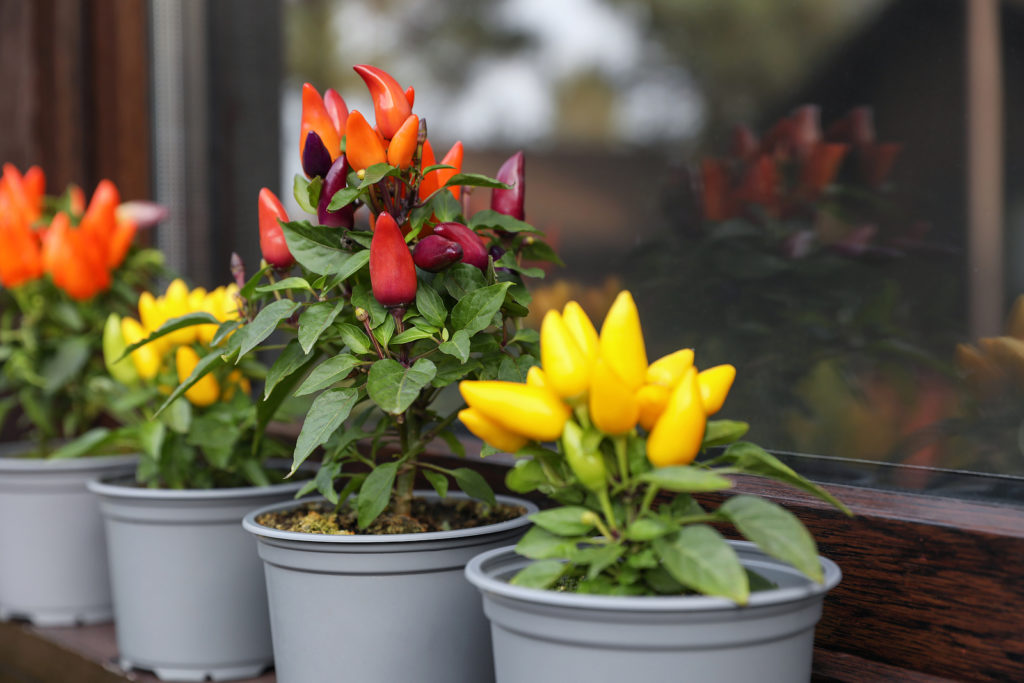
How to use milk in the garden
Milk can be used to help grow tomatoes, peppers, eggplants, and also squash.
Milk contains calcium (Ca). Calcium is an important plant macronutrient. Macronutrients are foods that help plants grow and function. Calcium helps build plant cell walls which in turn allow the transport of other plant nutrients. Also calcium level in the soil controls the soil pH (pH is a chemical balance that allows plants to operate, or not). If calcium is washed out of the soil, the soil will become more acidic and can affect plant growth. (Agricultural lime such as dolomite lime contains calcium.)
Milk as a fertilizer
If you feed plants milk–whole milk or powdered milk–you are feeding plants calcium.
Sprinkle a quarter to a half cup of powdered milk on top of the soil after planting, and repeat every two weeks throughout the growing season.
Milk as a fungicide
Old-time garden wisdom and recent scientific plant research say that milk contains fungicidal properties. If you spray milk on plants, it will control the growth of bad fungi.
Milk’s disease-fighting formula: Combine 1 part skim milk and 9 parts water. Spray the plant every two to three weeks until mid-summer (most fungal diseases have run their course by mid-summer, except where the weather stays warm and humid). A note: fat-free, skim milk works best; the fat in whole milk may clog your sprayer. As well, reconstituted powdered milk will work.
Fungi are microscopic organisms. A handful of soil contains thousands and thousands and thousands of fungi. There are good fungi and bad fungi. Good fungi help build the soil by breaking down organic matter into nutrients plants can use. Bad fungi are parasites that feed on plants. Bad fungi include mildews (downy mildew, powdery mildew), rusts, rots (root rot, damping off, fruit rot), canker, scab, spot (black spot and anthracnose), wilts (fusarium and verticillium) and smuts (and black sooty molds caused by black sooty fungi spores).
Fungi are spread by spores. They germinate and root much like plants. When a fungus takes root as a parasite on plant tissue it feeds and begins to grow. A fungus can be prevented from rooting and can be removed (prune off the infected plant tissue and throw it away in a paper bag so that the fungi spores do not spread). Fungi allowed to grow will spread via spores floating on the wind or swept along in a drop of water.
Fungicides rarely kill fungi. They are most useful as a preventive, not as a cure. Fungicides cover plant tissue and do not allow fungi to root.
Plant researchers in Brazil and Australia have used milk as a fungicide on vegetable crops, grapes, and flower crops. They found that spraying a dilute mix of 1 part milk and 9 parts water prevented fungi from growing. (The researchers also believe that the potassium phosphate in milk helps boost the plant’s immune system and may also work as an antibiotic.)
Once again, milk–like other fungicides–does not cure fungal diseases but helps to prevent them. Milk keeps fungi from growing and spreading.
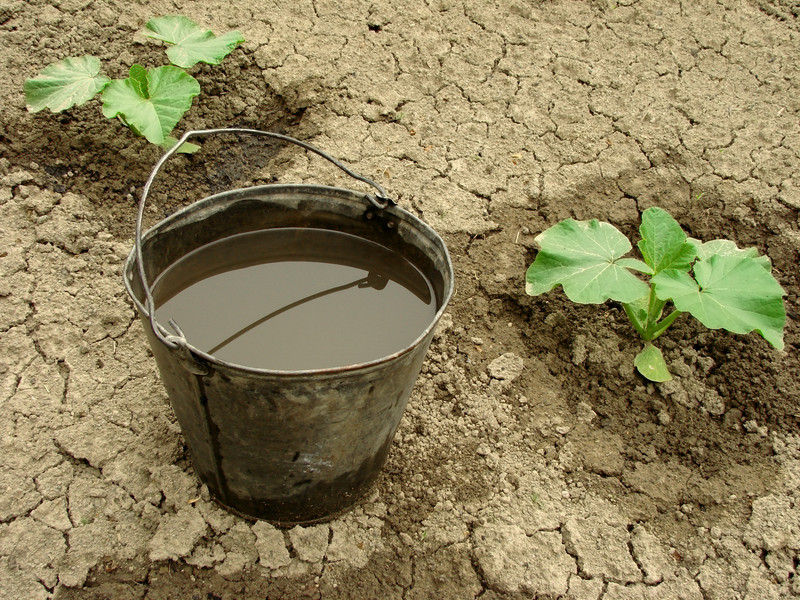
Other organic fertilizers
Summer fruiting crops such as tomatoes, peppers, and eggplants will benefit from a side-dressing of organic fertilizer such as fish emulsion, seaweed extract, or kelp meal. Feed plants when they first set fruit and every 4 to 6 weeks thereafter. An alternative is to water in a dilute solution of fish emulsion, seaweed extract, or kelp meal every 10 days.
Feed fruiting crops that have flowered and set fruit with liquid balanced fertilizers such as compost tea, comfrey tea, or solid organic fertilizers in powder, pellet, or granular form. An ideal fertilizer ratio for fruiting tomatoes, peppers, and eggplants is 5-10-10 with trace amounts of magnesium and calcium added.
Liquid organic fertilizers can be watered in around the base of plants or applied directly to crop leaves as foliar feeds. Solid fertilizers can be applied as a top dressing or band of fertilizer around the base of each plant; solid fertilizers should be scratched into the soil with a garden fork or trowel.
Amount of fertilizer
If a manure fertilizer was added to the soil just before planting, reduce the fertilizer rate by one-half. Manures are generally high in nitrogen. A balanced fertilizer contains equal or near equal parts nitrogen, phosphorus, and potassium.
When using a commercial organic or non-organic fertilizer, always follow the label directions on the package. Too much fertilizer will be more harmful to plants than not enough. When in doubt, cut the recommended application of fertilizer in half, check the reaction of the plants in 10 days, and then apply the second half of the fertilizer if the plants are doing okay.
For higher yields of fruiting crops such as tomatoes and peppers, extra phosphorus and potassium should be given after flowering and fruiting. To increase the flowering of tomatoes, peppers, and eggplants, give the plants an Epsom salt solution–1 tablespoon mixed with a gallon of water.
For higher yields of leafy crops and crops that have overwintered in the soil such as autumn-planted onions, a top dressing of nitrogen-rich fertilizer will act as a crop booster.
Garden Planning Books at Amazon:
- Tomato Grower’s Answer Book
- Vegetable Garden Almanac & Planner
- Kitchen Garden Grower’s Guide Vegetable Encyclopedia
- Vegetable Garden Grower’s Guide
Foliar feeding
Vegetables can take a limited amount of nutrients in through their leaves; this is called foliar feeding. Use a watering can with a fine rose and foliar feed with compost tea, comfrey tea, or seaweed extracts.
Foliar feeding is particularly helpful as a boost or tonic for plants that are lagging or off to a slow start. Foliar feeding commonly results in plants gaining a deep green, healthy look soon after feeding.
Dry fertilizers are generally watered in after they are applied as a side dressing. Foliar feeding does not require watering of the soil before or after applying fertilizer. Foliar feed when the soil is already moist or when the weather is particularly dry and plants can use both a watering and fertilizer application.
Fertilizer timing
It usually takes 10 to 12 weeks from the time transplants are set in the garden for tomatoes, peppers, and eggplants to ripen their first fruit. Fertilize these crops with a side-dressing, for one month, and then again two months after transplanting—as a guide.
Click on these other article titles for more information:
Fertilizer Side-dressing Vegetable Crops
Organic Fertilizers and Soil Amendments
Vegetable Plant Nutrients: Sources and Deficiency
How to Plant, Grow, and Harvest Tomatoes
How to Plant, Grow, and Harvest Peppers
How to Plant, Grow, and Harvest Eggplants
Tomato articles at Harvest to Table:
How to Plant and Grow Tomatoes
How to Choose a Tomato for Your Garden
Growing Tomatoes in Containers
Growing Early Season Tomatoes for Great Taste
Epsom Salt, Milk, and Organic Fertilizers for Tomatoes and Peppers
How to Prevent Blossom Drop – Tomatoes and Peppers
How to Harvest and Store Tomatoes
Nine Ways to Cook and Serve Tomatoes
Tomato Sauce–Basic, Herbed, or Vegetables Added
How to Make Tomato Juice Simply
How to Home Can Tomatoes for Beginners
How to Sun Dry and Oven Dry Tomatoes
Tomato Growing Problems Troubleshooting
How to Prevent Tomato Blossom Drop
How to Identify Early Blight, Late Blight, and Leaf Spot
Tomato Hornworm Organic Pest Control
Garden Planning Books at Amazon:



